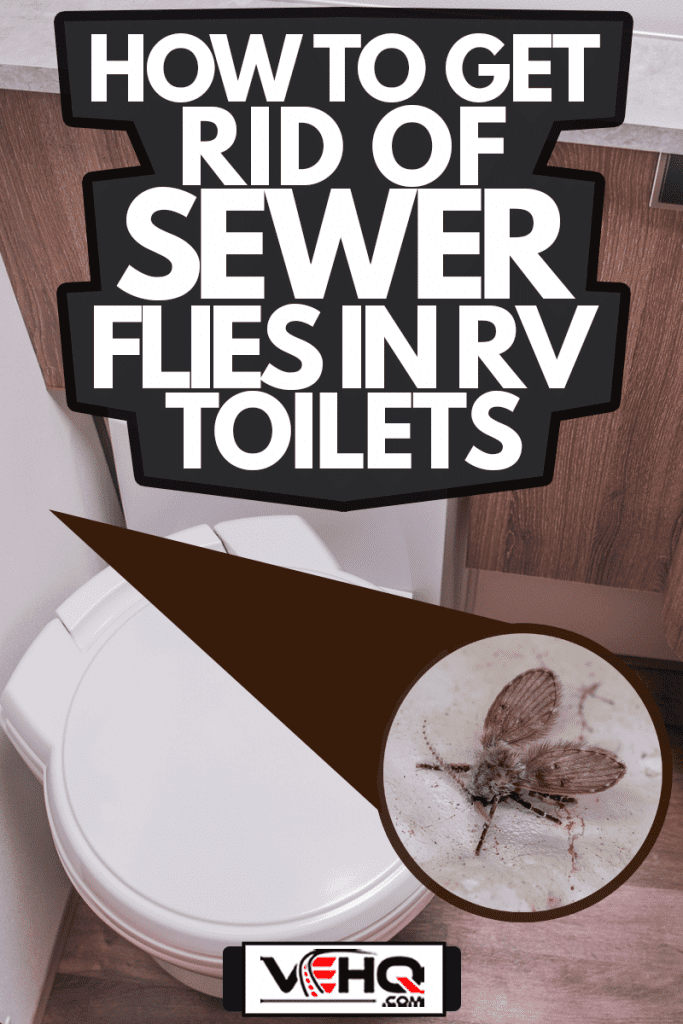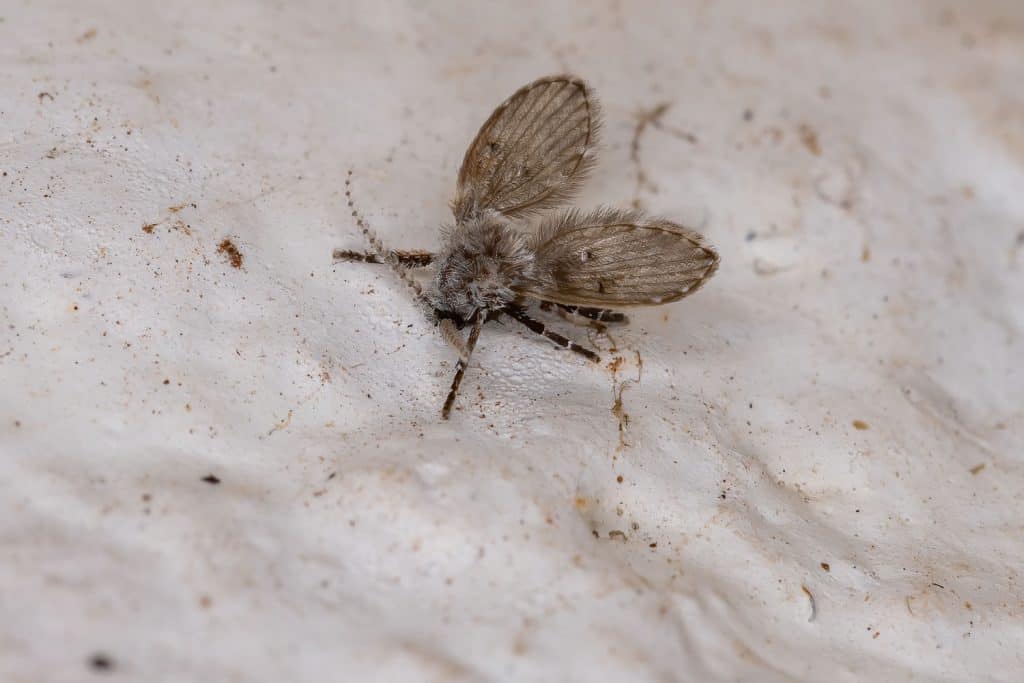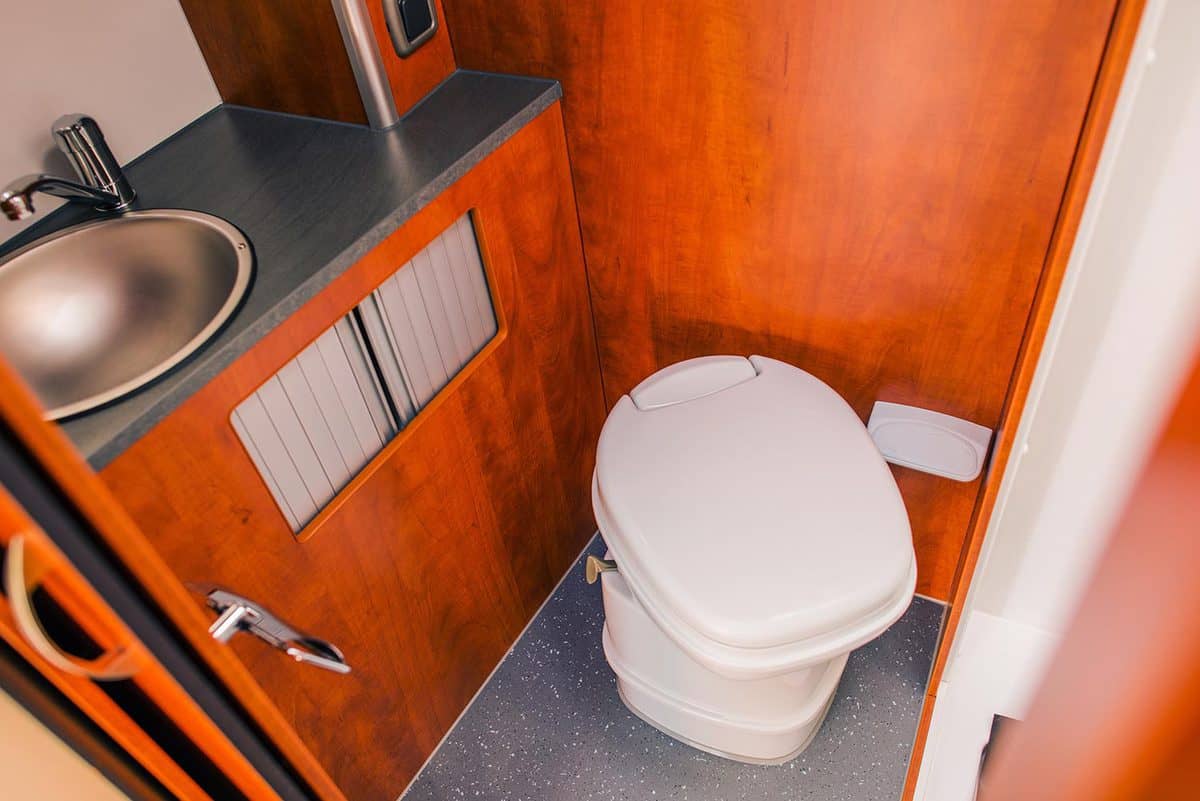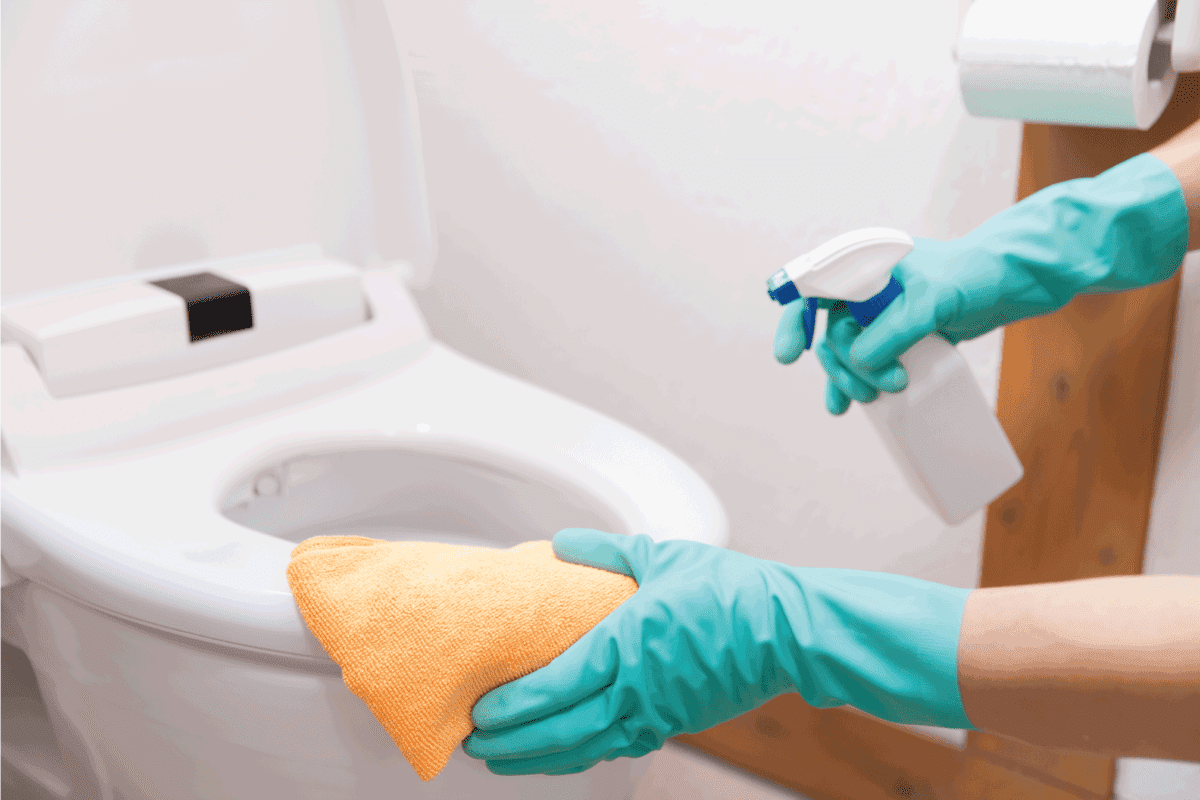It's never fun to enter an RV bathroom and be swarmed by sewer flies. Honestly, these tiny pests can make your RVing trips a lot less fun than expected. But there's no need to worry as we've done significant research into effective methods of removing them.
RV owners will have a choice about their preferred sewer fly removal process. They can use either bleach or an enzyme cleaner to get the job. Here are the steps for both methods to ensure these nuisances are no longer an issue:
Bleach:
- Shut your dump tank valves
- Remove all contents from black tank
- Use bleach/water mixture to fill up the tanks
- Let the mixture sit inside your black tank
- Finish up by draining and rinsing out the black tank
Enzyme cleaner:
- Drain out your black tank
- Add water and enzyme drain cleaner (fill the rest of your black tank with water)
- Let the tank sit full of enzyme cleaner and water overnight
- Drain and rinse out the tank
- If necessary, re-rinse the tank
But laying out the steps is only a small part of the battle. There's more information an RV owner needs to know before effectively cleansing their RVs of sewer flies. Our following discussions will ensure you have everything required to make your RV bathroom fresh and clean.

How to Get Rid of Sewer Flies in RV Toilets?
Before diving into the step-by-step process, it's essential to discuss the required materials. It's a simple way of ensuring you have what's needed to get rid of sewer flies.
Material Checklist (Enzyme Cleaner or Bleach?)
Honestly, the material checklist isn't too extensive. RV owners will only need one of the following cleaners to get the job done:
- Enzyme Cleaner
- Bleach
Overall, bleach is often seen as a more favorable choice. We would recommend going with bleach as it's proven to be more effective at removing sewer flies. But this option does provide some notable concerns.
You'll need to be careful about any interaction with ammonia. After all, bleach interacting with ammonia (other cleaners) can produce chlorine gas. It's not something that anyone wants to encounter, as it can be fatal.
We also must mention that bleach is known for being corrosive when used in high concentrations. It can then lead to breaking down your black tank's valve seals.
Therefore, it could be a problem as our bleach method leaves some inside the tank for significant periods.
Anyone who's worried about their black tank's seals should go with enzyme cleaners. These products work by attacking the organic material where sewer flies lay their eggs. Getting rid of this layer will ensure the flies no longer have access to food.
How to Kill Sewer Flies Using Bleach
We'll now move on to discussing the process of using bleach to kill these pests. Let's make your RVing trips a lot more peaceful.
1. Shut Your Dump Tank Valves
RV owners should start by locating their RV sewer hookups and closing their dump valves. Black tank dump valves only need to be open when you're dumping them.
After all, it's crucial to let the waste build as it'll help stop the build-up of excrement, AKA the poop pyramid, from occurring.
Meanwhile, your grey tank's valve should also be closed until it requires dumping. RVers will find it worth going outside and opening the drain whenever taking showers or washing dishes. It'll allow for much more effective removal of any sewer flies and their respective larvae.
2. Remove All Contents from Black Tank
After closing your black tank valve, it's time to remove all of its contents. It's essential to remove all the waste before starting any of these next steps. The cleaning process will then put all of its attention on those sewer flies and their eggs.
3. Use Bleach/Water Mixture to Fill Up The Tanks
Use the same bleach concentration utilized when sanitizing your rig's freshwater system. A good guideline would be diluting ¼ cup of bleach into one water gallon per every 15 gallons of your black tank's capacity.
Once you get the right concentration, fill up the black tank to its very top. It should provide the best results as sewer fly larvae love developing near the top of black tanks.
4. Let The Mixture Sit in the Black Tank
You should let the bleach/water mixture sit inside the black tank for a while. Let it marinate for at least four hours as you would when sanitizing your water system.
If possible, we advise letting it sit overnight to help increase its effectiveness at removing the eggs and larvae.
5. Finish Up By Draining and Rinsing Out The Black Tank
Lastly, it's time to drain out the black tank. Don't also forget to provide it with a solid rinse. Rinsing it out will help prevent any formation of chlorine gas. RV owners with a backwash system should use it.
How to Kill Sewer Flies Using Enzyme Cleaners
If you aren't a fan of using bleach, the enzyme cleaner method isn't too tricky. It's about the same as our bleach method with the following steps (remember to read the directions on your chosen enzyme cleaner):
- Drain out your black tank
- Add water and enzyme drain cleaner (fill the rest of your black tank with water)
- Let the tank sit full of enzyme cleaner and water overnight
- Drain and rinse out the tank
- If necessary, re-rinse the tank
One difference is enzyme cleaners could require several applications. It'll depend on your chosen option, but it usually does take multiple uses to remove the sewer flies. We also suggest using warm water (not hot) when filling your tank.
After all, hot water will kill useful bacterial enzymes. Warm water will also provide a much better environment for the cleaner than cold water. It allows the enzyme cleaners to work at a higher and faster rate.
Why Are Flies Coming out of My RV Toilet?

Flies usually come into an RV through open dump hose valves connected to the sewer hookup. RV owners who leave their valves open allow these flies and gnats to make their way into their mobile homes. As a result, they end up coming out of your RV toilet.
Why Does My RV Bathroom Smell so Bad?
An RV bathroom will stink in most cases because there's a build-up in the black tank. The cause could be an extensive build-up of solids on your black tank's bottom.
Another common issue is a build-up occurring along the walls when it's regularly used. Both these issues can cause an RV bathroom to smell awful.
How Do I Get Rid of the Sewer Smell in My RV?
There are several ways of removing a sewer smell from an RV bathroom. Your first step would be using a strong treatment to help eliminate the build-ups causing this smell. From there, it's a matter of cleaning and dumping your tanks regularly.
How Do I Freshen My RV toilet?

Freshening up an RV toilet isn't as complicated as some RV owners might assume. In fact, here are four simple ways of keeping your rig's toilet in pristine shape.
1. Use the Correct RV Toilet Chemicals
RV owners should utilize the particular chemicals that are specifically designed to stop RV toilet odors. These cleaners will also break down any solid waste or toilet tissues to ensure a much easier dumping station experience.
There's no reason not to use them, either, as these chemicals are affordable and available anywhere RV supplies are sold.
2. Using the Proper Toilet Paper
It's never a good idea to use household toilet paper within an RV toilet. It'll only lead to clogging issues and create nasty odors or other problems. Instead, you're much better off using specialized RV toilet paper that's dissolvable.
For more information on dissolvable toilet paper, check out our post How To Dissolve Toilet Paper In RV.
3. Dump Your Tank Regularly and Never Leave Your Valve Open When Connected
As we mentioned previously, leaving your sewer connection open could cause stinky issues. You must also remember to empty your black tank on a regular basis thoroughly.
These actions should ensure an RV toilet doesn't pick up a foul odor that ruins your RVing experience.
4. Turn off Your Bathroom Vent Fan Before Flushing
Most camper bathrooms will have an exhaust vent with a fan above the toilets. As you can imagine, these are put in place to help reduce and eliminate odors.
But they're rendered useless when people turn them on before flushing the toilet as it'll only spread the nasty smells. So please, close the vent and turn off the fan before flushing your toilet.
In Closing

We hope our discussions about sewer fly removal answered all your questions. But if some others pop into your head, feel free to use our comment section. We'll make sure to respond as soon as possible. Thanks for reading!
If you found the information in this post helpful, please check out a few of our others:
